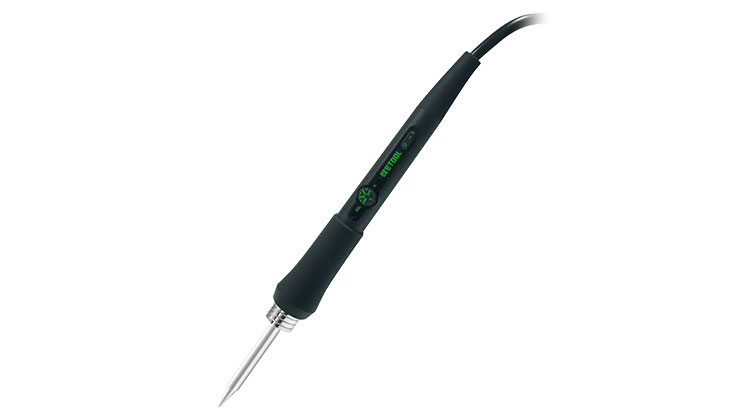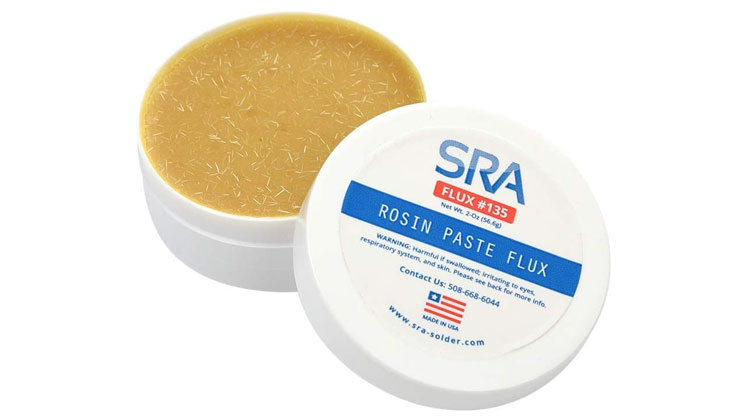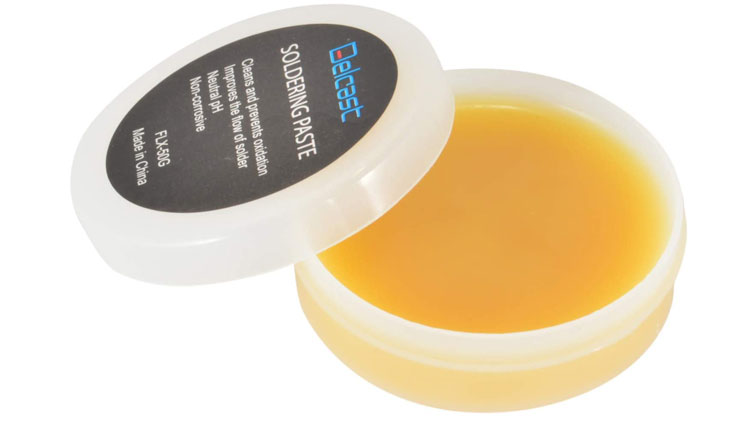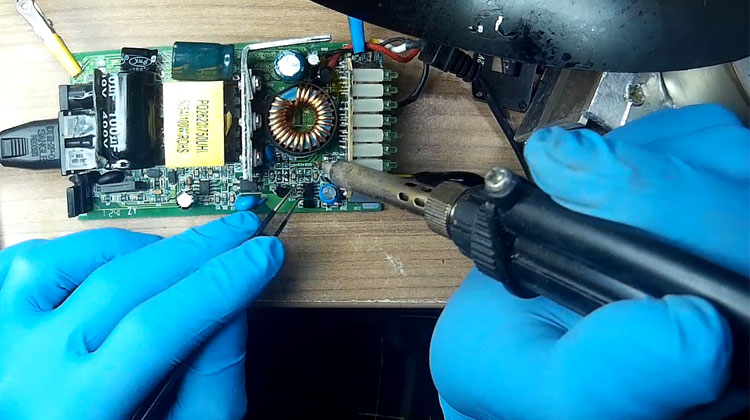Solder paste is a material used in the process of soldering electronic components together. It is a mixture of metal particles, flux, and a binding agent that joins two metal surfaces. Solder paste is usually used with a soldering iron. This tool provides heat to the metal surfaces, causing the solder paste to melt and flow, creating a strong, permanent bond between the components.
Using solder paste with a soldering iron is relatively simple, but it is important to understand the steps involved and to take proper safety precautions. This essay will explore the process of using solder paste with a soldering iron, including the necessary tools and materials, the steps involved, and tips for ensuring a successful soldered joint.
Tools and Materials
The following tools and materials are needed to use solder paste with a soldering iron:
Soldering iron: A soldering iron is a tool that provides heat to the metal surfaces that are to be soldered. The temperature of the soldering iron is adjustable and should be set according to the type of solder paste being used.

Solder paste: Solder paste is a mixture of metal particles, flux, and a binding agent that is used to join two metal surfaces. It is available in different types, including lead-free and leaded, and the type used should be chosen based on the application and the materials being soldered.

Flux: Flux is a chemical that helps clean and protect the metal surfaces soldered. It is included in the solder paste, but additional flux can be used if needed.

Cleaning materials: Before soldering, it is important to clean the metal surfaces to be soldered. Cleaning materials, such as alcohol or specialized cleaning agents, can be used for this purpose.
Protective gear: When using a soldering iron, it is important to wear protective gear, such as gloves and safety glasses, to protect against hot metal and potential splatters of molten solder.

Steps Involved
The steps involved in using solder paste with a soldering iron are as follows:
Clean the metal surfaces: Before soldering, it is important to clean the metal surfaces to be soldered thoroughly. This helps to ensure a good connection and to remove any contaminants that could interfere with the soldering process.
Apply the solder paste: Apply a small amount to the area to be soldered. It is important to use just enough paste to cover the surface evenly, as excess paste can lead to an unsightly joint and could interfere with the soldering process.
Heat the area: Using the soldering iron, heat the area where the solder paste has been applied. The temperature of the soldering iron should be set according to the type of solder paste being used. As the area is heated, the solder paste will melt and flow, creating a strong, permanent bond between the components.
Remove the soldering iron: Once the solder paste has melted and flowed evenly, remove the soldering iron and allow the soldered joint to cool.
Inspect the joint: Once the soldered joint has cooled, inspect it to ensure it is smooth and has a good connection. If necessary, additional solder paste can be applied, and the area can be re-heated to improve the joint.
Tips for Success
To ensure a successful soldered joint when using solder paste with a soldering iron, it is important to follow these tips:
Choose the right type of solder paste: Different types of solder paste are available, including lead-free and leaded. It is important to choose the right type based on the application and the materials being soldered. Lead-free solder paste is more environmentally friendly but can be more challenging than leaded solder paste.
Set the temperature correctly: The temperature of the soldering iron should be set according to the type of solder paste being used. If the temperature is too low, the solder paste will not melt and flow properly, and the joint could become damaged.
Use enough but not too much solder paste: It is important to use just enough solder paste to cover the surface evenly, as excess paste can lead to an unsightly joint and could interfere with the soldering process.
Clean the metal surfaces thoroughly: Before soldering, it is important to clean the metal surfaces to be soldered thoroughly. This helps to ensure a good connection and to remove any contaminants that could interfere with the soldering process.
Allow the joint to cool: Once the soldering iron has been removed, it is important to allow the soldered joint to cool completely before inspecting or testing it.
In conclusion, using solder paste with a soldering iron is a simple and effective method for joining electronic components. By following the steps involved and taking proper safety precautions, it is possible to achieve strong, permanently soldered joints that will last for years. Whether a professional electronics technician or a hobbyist, understanding the process of using solder paste with a soldering iron is an important skill that will help you achieve better results in your soldering projects.
Contact: Mr. Li
Phone: (0086) 138 24254 321
E-mail: atetool@atetool.com.cn
Add: 5F, 1-2# Building, Tongfuyu Industrial Zone, Aiqun Rd, Shiyan Subdistrict, Bao'an, Shenzhen, 518108, China